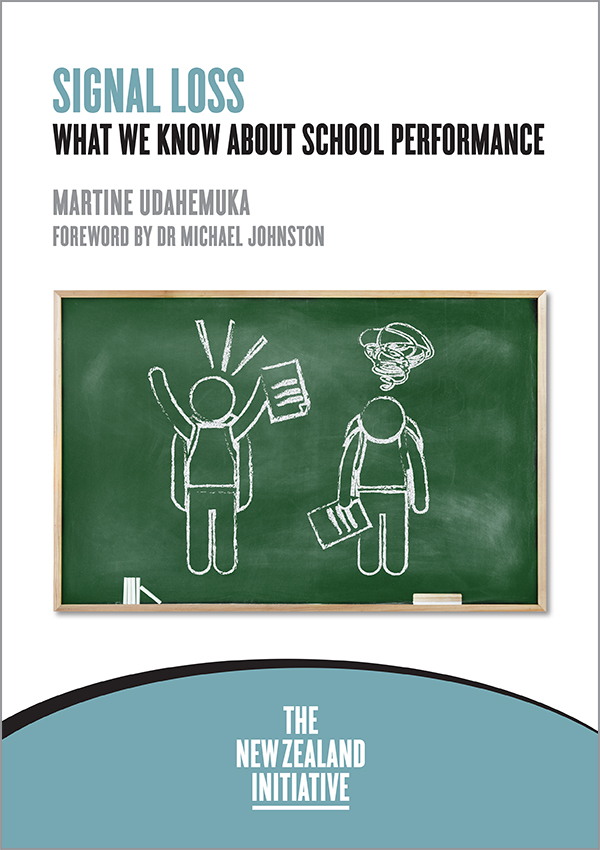It is hard to improve without knowing what better and worse performance look like. Teachers grade students, but who grades the graders? And how can we tell whether the school system as a whole is doing well? This report, the first in a series of three examining performance and improvement in the school system, begins to answer these questions.
As the economic penalties for being in a small country distant from its markets continue to rise, New Zealand workers will have a harder time succeeding without better education. New Zealand in particular faces an additional challenge, that of the ageing workfoce, which will be felt right across all sectors of the economy. Improving the schooling system not only benefits the individual but also society.
Signal Loss: What we know about school performance shows that
- the system produces quality outcomes for many of its students, and;
- comparing the knowledge and skills of Kiwi students with that of students in other countries gives New Zealand reason to celebrate.
However, many students are poorly served by the system:
- performance in international tests is deteriorating at all year levels tested;
- thousands others every year leave school without having gained the skills that will propel them into further training and employment;
- schools in lower socio-economic areas have more students leaving without gaining high school qualifications; and
- though improving at a faster pace than the national average, Maori and Pasifika students continue to be over-represented in poor achievement statistics.

The costs of a poor education are well documented. Over and above the contribution of family circumstances and individual abilities, unskilled or low-skilled individuals are more likely to end up on long-term welfare, unemployed and over-represented in the Justice system.

Many schools and teachers do a stellar job for the students they teach. But radical as it may sound, not all leaders can lead and not all teachers can teach.
Signal Loss finds that persistent school failure is evident in the New Zealand schooling sector.
School quality reports by the Education Review Office (ERO) show
- most schools perform well and many improve; but
- a third of underperforming schools are persistent poor perfomers; and
- some schools poorly perform for at least a decade - spanning the entire schooling career of their students.
The Ministry of Education has taken over some or all of the functions of 67 school boards. 51% of the students affected attend schools in the lowest decile bracket (1-3).
But the Ministry and ERO do not formally evaluate their interventions in schools to understand what works, what does not, and why.
Coming under ERO and Ministry supervision is a strong signal that that school has failed in important ways. But it is a failure that is identified, and is being addressed.
However other kinds of success and failure remain invisible. Schools whose students meet Ministry standards but fail to meet their full potential are not counted. And schools whose students miss Ministry benchmarks, but who overachieve relative to difficult backgrounds, do not receive the recognition they deserve.
Parent choice is thus limited by the subpar quality signals they receive on relative school strengths as well as enrolment restrictions. The system provides minimal flexibility with regard to what popular schools can do to meet demand.
The report concludes that the system needs reliable measures of high performing schools and improved responsiveness to poor performance. This way teaching practices found to work can be scaled up while those that do not can be managed before failure becomes chronic.
The next report in this series will examine how other international school systems and local schools have dealt with persistent school failure.
The failure to ensure that students meet their potential affects the students, the adults in the schools, the community, and New Zealand’s prosperity, productivity and growth.



